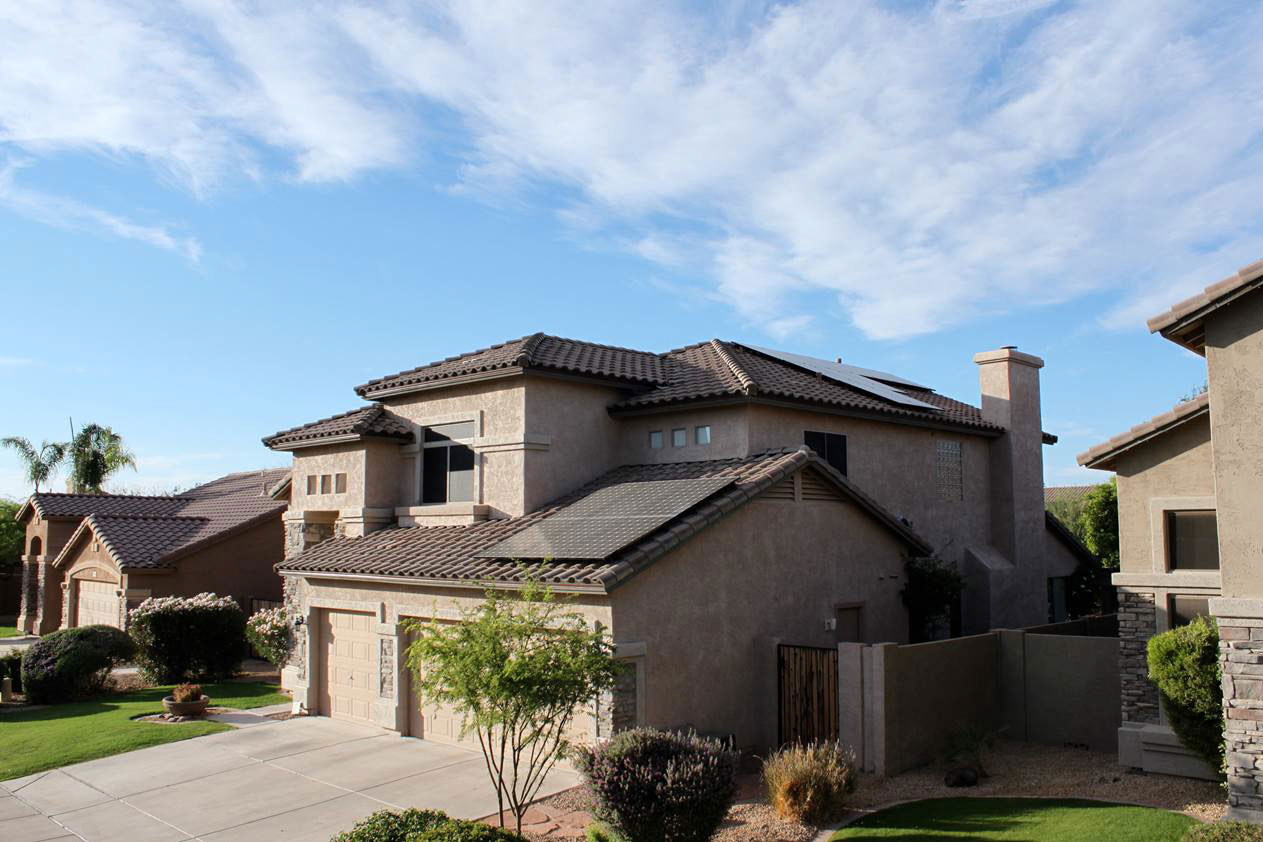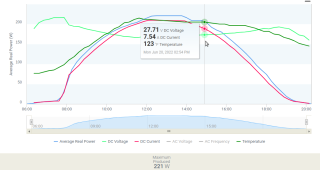I've read that the charge controllers are much more sensitive to higher voltages than higher amps. Can you just have a lot more amps and the charger will ignore it or will that cause damage as well?
For example if we look at my favorite inverter again (EG4 3000EHV-48) it has 5000W PV Input | 500 VOC Input. For the panel input we can look at the biggest ones that signature solar has right now, the 460 W ones with a 50.8 VOC.
Example one is I have 9 panels in series giving me 457.2 volts with 4140 watts and 9 amps. Well within range of the charge controller on the all in one inverter.
Example two I have two sets of 9 panels in series. The two sets are in parallel so there is 457.2 volts with 8280 watts and 18 amps. Now with this one we are well above the rated input for watts but the maximum amps is 18 and we are still in range with the voltage. Will this damage the charge controller? There are more watts but the amps and volts are within range. How would it handle this? Would it just ignore the extra 3kw?
My goal is to try and understand how to oversize the solar panel array. I would expect a significant loss from heat during the day in summer and would also like to get as much energy as possible in the morning and evening and in winter. Those are my four reasons to oversize the array. Is it possible to do a lot more on one charge controller or do you just need more charge controllers for more panels and there is no sneaky way to get around it?
For example if we look at my favorite inverter again (EG4 3000EHV-48) it has 5000W PV Input | 500 VOC Input. For the panel input we can look at the biggest ones that signature solar has right now, the 460 W ones with a 50.8 VOC.
Example one is I have 9 panels in series giving me 457.2 volts with 4140 watts and 9 amps. Well within range of the charge controller on the all in one inverter.
Example two I have two sets of 9 panels in series. The two sets are in parallel so there is 457.2 volts with 8280 watts and 18 amps. Now with this one we are well above the rated input for watts but the maximum amps is 18 and we are still in range with the voltage. Will this damage the charge controller? There are more watts but the amps and volts are within range. How would it handle this? Would it just ignore the extra 3kw?
My goal is to try and understand how to oversize the solar panel array. I would expect a significant loss from heat during the day in summer and would also like to get as much energy as possible in the morning and evening and in winter. Those are my four reasons to oversize the array. Is it possible to do a lot more on one charge controller or do you just need more charge controllers for more panels and there is no sneaky way to get around it?





